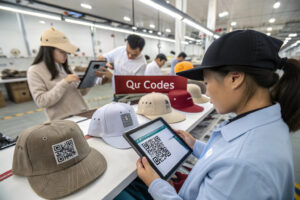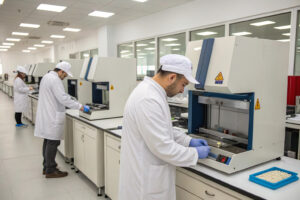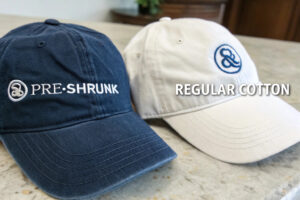Workplace safety managers and procurement specialists face constant challenges in sourcing high-visibility headwear that meets stringent safety standards while ensuring worker compliance. Standard safety gear often sacrifices comfort for visibility, leading to low adoption rates despite obvious safety benefits. The search for UV-neon hats that balance ANSI/ISEA compliance, durability, and wearer comfort requires specialized suppliers who understand both safety protocols and workforce realities.
The most reliable sources for UV-neon safety hats are manufacturers specializing in certified personal protective equipment (PPE) who offer ANSI/ISEA 107-compliant products with verified fluorescent backgrounds and retroreflective materials, combined with the comfort features that ensure consistent worker wear. These suppliers combine technical fabric expertise with understanding of workplace hazards to create headwear that protects without compromising productivity.
This guide explores certification requirements, material specifications, supplier verification processes, and customization options to help safety managers source UV-neon hats that genuinely enhance workplace safety while meeting operational demands.
What certifications ensure genuine high-visibility protection?
Certification verification separates compliant safety products from merely colorful hats. Understanding the specific standards and testing requirements prevents costly mistakes in safety procurement.
Genuine high-visibility protection requires ANSI/ISEA 107 certification for garment classifications, CSA Z96 compliance for Canadian markets, and MUTCD standards for road work applications, backed by independent laboratory testing documentation and manufacturer quality assurance protocols.

Why is ANSI/ISEA 107-2020 certification non-negotiable?
ANSI/ISEA 107-2020 certification provides the foundational requirement for high-visibility safety apparel, specifying precise requirements for fluorescence, retroreflection, and minimum areas of visible material. For hats, this means specific amounts of background fluorescent material (typically at least 230cm² for head protection) and retroreflective trim that meets minimum coefficient of retroreflection (RA) values. The standard classifies garments into three performance classes (Class 1, 2, or 3) based on risk level, with most outdoor work environments requiring at least Class 2. Suppliers with this certification have undergone independent verification that their materials maintain color fastness after exposure to sunlight, rain, and cleaning, ensuring ongoing compliance throughout the product's lifespan.
What do photometric test reports verify?
Photometric test reports provide scientific validation of a hat's visibility performance under specific lighting conditions. These reports measure the luminance factors of fluorescent materials and the retroreflective properties of trim materials using standardized laboratory equipment. For procurement, reviewing these test reports ensures that the "neon" colors actually perform at the required wavelengths (particularly around 495-515nm for green-yellow and 595-605nm for red-orange) that maximize detection by the human eye in various lighting conditions. Reputable manufacturers provide these test results for each color and material combination, demonstrating compliance beyond simple color matching.
Which materials provide lasting UV-neon performance?
Material selection determines both immediate visibility and long-term performance under workplace conditions. The right materials maintain their protective properties through sun exposure, weather, and repeated industrial laundering.
High-performance materials for UV-neon hats include color-fast fluorescent substrates, certified retroreflective trims, durable construction methods, and complementary fabrics that maintain compliance while ensuring comfort and functionality.
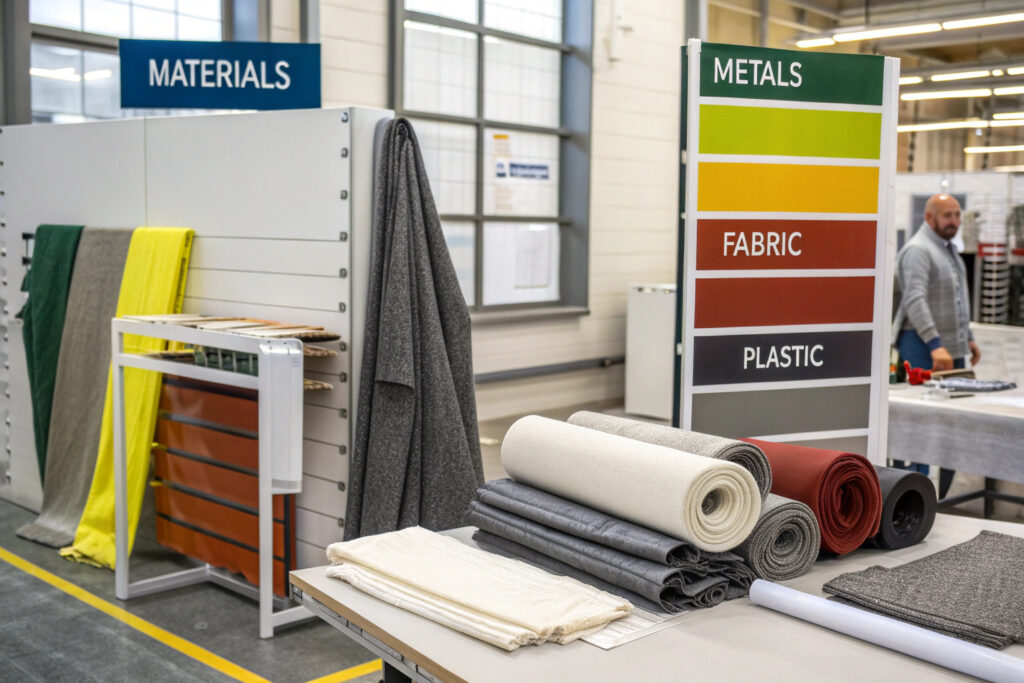
How do fluorescent substrates maintain color intensity?
Quality fluorescent substrates utilize premium pigments and specialized manufacturing processes to maintain color intensity despite UV degradation. The best materials feature solution-dyed fibers where color is incorporated during polymer formation rather than applied later, ensuring consistent color throughout the material and superior resistance to fading. For polyester and nylon fabrics, this process creates fluorescence that withstands hundreds of hours of UV exposure without significant degradation. When evaluating suppliers, request accelerated weathering test results (typically using Xenon-arc exposure per AATCC TM16) that demonstrate color retention after equivalent months of outdoor exposure specific to your work environments.
What makes retroreflective trim effective?
Effective retroreflective trim utilizes microscopic glass beads or prismatic technology that returns light directly to its source, creating the brilliant glow that makes workers visible in low-light conditions. Premium retroreflective materials achieve coefficient of retroreflection (RA) values exceeding 330 cd/lux/m² for white and 150 cd/lux/m² for fluorescent colors, ensuring detection at legally required distances. The best trims maintain these values after flexing, abrasion, and temperature cycling, with encapsulation that protects the reflective elements from dirt, moisture, and mechanical damage. For hat applications, flexible trims that conform to curved surfaces without cracking or delamination ensure consistent performance throughout the product's lifespan.
How to verify supplier safety compliance credentials?
Supplier verification ensures that safety claims translate to genuine protection. Comprehensive evaluation processes prevent the procurement of non-compliant products that create liability risks.
Thorough supplier verification includes auditing manufacturing facilities, reviewing quality control documentation, verifying testing methodologies, and assessing the supplier's understanding of workplace safety applications beyond basic compliance.
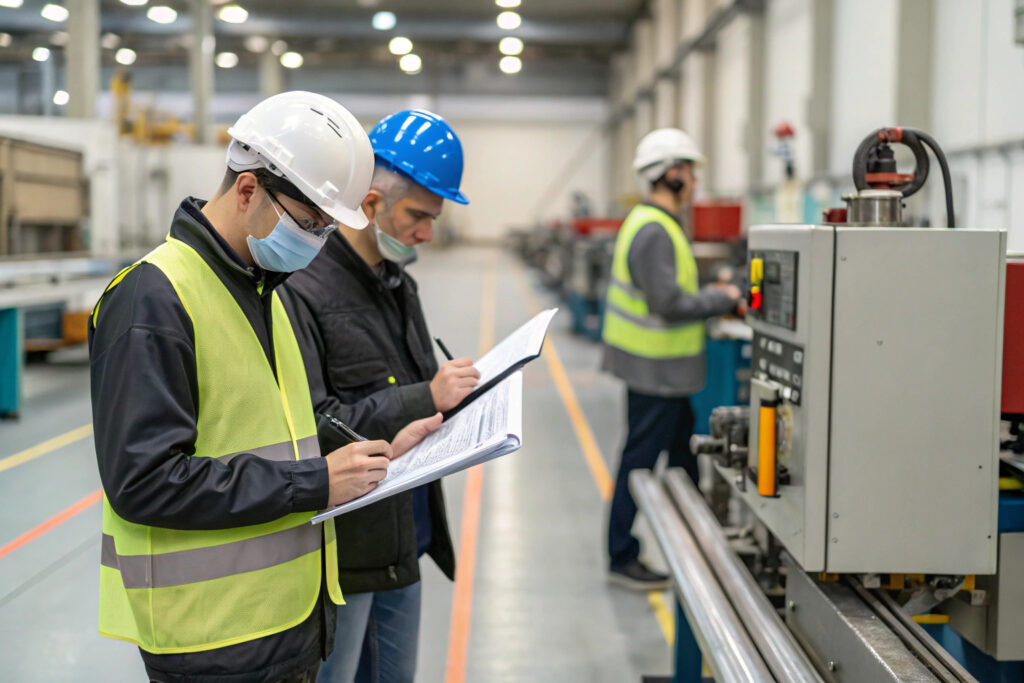
What manufacturing audits ensure consistent quality?
Manufacturing audits evaluate whether suppliers maintain consistent processes that yield compliant products batch after batch. Look for suppliers with ISO 9001:2015 certification for their quality management systems and specific protocols for high-visibility product manufacturing. During audits, verify that they conduct regular in-process testing of fluorescent materials for color consistency and retroreflective materials for performance values. The most reliable manufacturers maintain statistical process control records demonstrating consistent compliance and have procedures for identifying and correcting variations before non-compliant products reach customers. This systematic approach prevents the lot-to-lot variations that undermine safety programs.
Why is technical support capability important?
Technical support capability indicates a supplier's depth of understanding about safety applications beyond simple product sales. Suppliers with in-house safety experts can advise on appropriate protection levels for specific work environments, help integrate hats into complete protective systems, and provide documentation supporting compliance with OSHA regulations and other local requirements. This expertise becomes crucial when work environments present unique challenges or when incidents require documentation of due diligence in safety equipment selection. The ability to provide application-specific guidance differentiates safety partners from product vendors.
What design features enhance safety and compliance?
Effective safety hat design balances compliance requirements with practical workplace needs. Thoughtful design features increase wearer acceptance while maintaining or enhancing protective qualities.
Strategic design elements include appropriate coverage areas, comfortable securement systems, compatibility with other PPE, and practical features that address real-world workplace challenges beyond minimum compliance requirements.
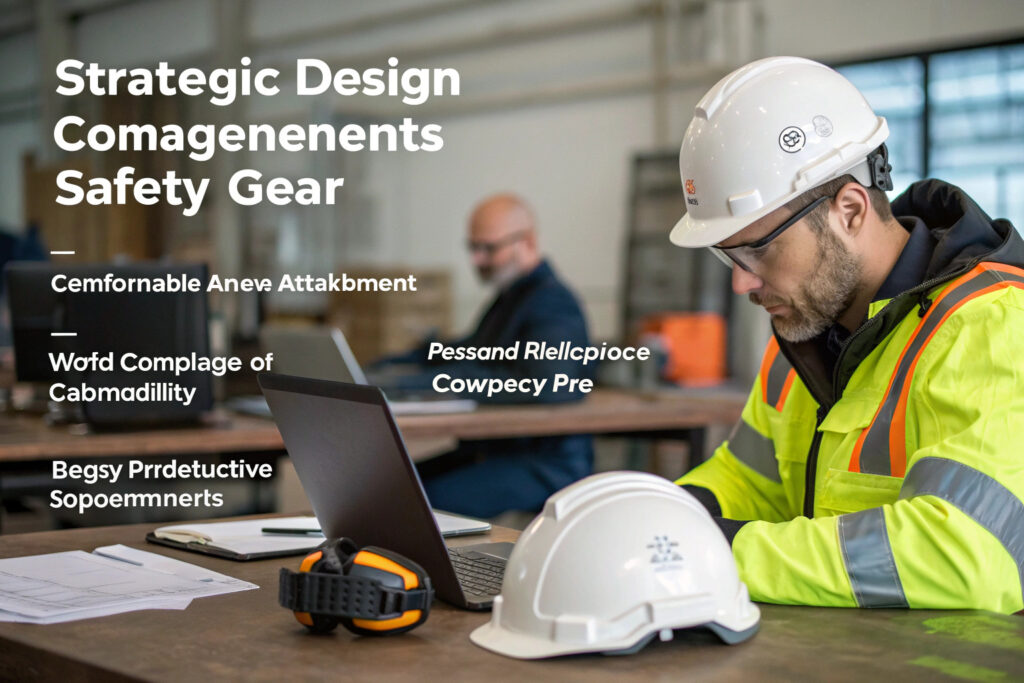
How does coverage area affect compliance?
Coverage area directly impacts both compliance and effectiveness. ANSI/ISEA 107 specifies minimum background material areas for different garment types, with headwear requiring sufficient fluorescent material to create a recognizable human silhouette from distances relevant to specific hazards. For hats, this typically means significant crown coverage in fluorescent material, with retroreflective trim positioned to create movement patterns that aid recognition. Designs that maximize compliant material without compromising comfort or functionality demonstrate sophisticated understanding of both standards interpretation and workplace practicality. The most effective designs position materials to remain visible from multiple angles during typical work movements.
Why are moisture-wicking properties important for compliance?
Moisture-wicking properties indirectly impact safety compliance by increasing wearer acceptance during physically demanding work. Hats that become uncomfortable when wet from perspiration are more likely to be removed, eliminating their safety benefit. Materials with verified moisture management properties maintain comfort across varying temperatures and activity levels, encouraging consistent wear. For suppliers, this means selecting lining materials, sweatbands, and primary fabrics that work together to manage moisture without compromising fluorescent properties or retroreflective performance. This comfort-compliance connection is often overlooked in safety procurement but significantly impacts real-world protection levels.
Conclusion
Sourcing genuine UV-neon safety hats requires careful attention to certification verification, material performance, supplier credentials, and design features that encourage consistent use. The most successful safety programs partner with manufacturers who understand both compliance requirements and workplace realities to provide headwear that workers will actually wear through their shifts.
At Global-Caps, we specialize in certified safety headwear with full compliance documentation and technical features that balance protection, comfort, and durability. Our UV-neon hats meet ANSI/ISEA 107 standards with verification testing from independent laboratories, while our design expertise ensures wearer acceptance that translates to genuine workplace safety improvement. If you're responsible for safety procurement and need high-visibility hats that combine certified protection with practical workplace performance, contact our Business Director Elaine at elaine@fumaoclothing.com. Let us provide the safety documentation and product quality that protects both your workers and your organization.


